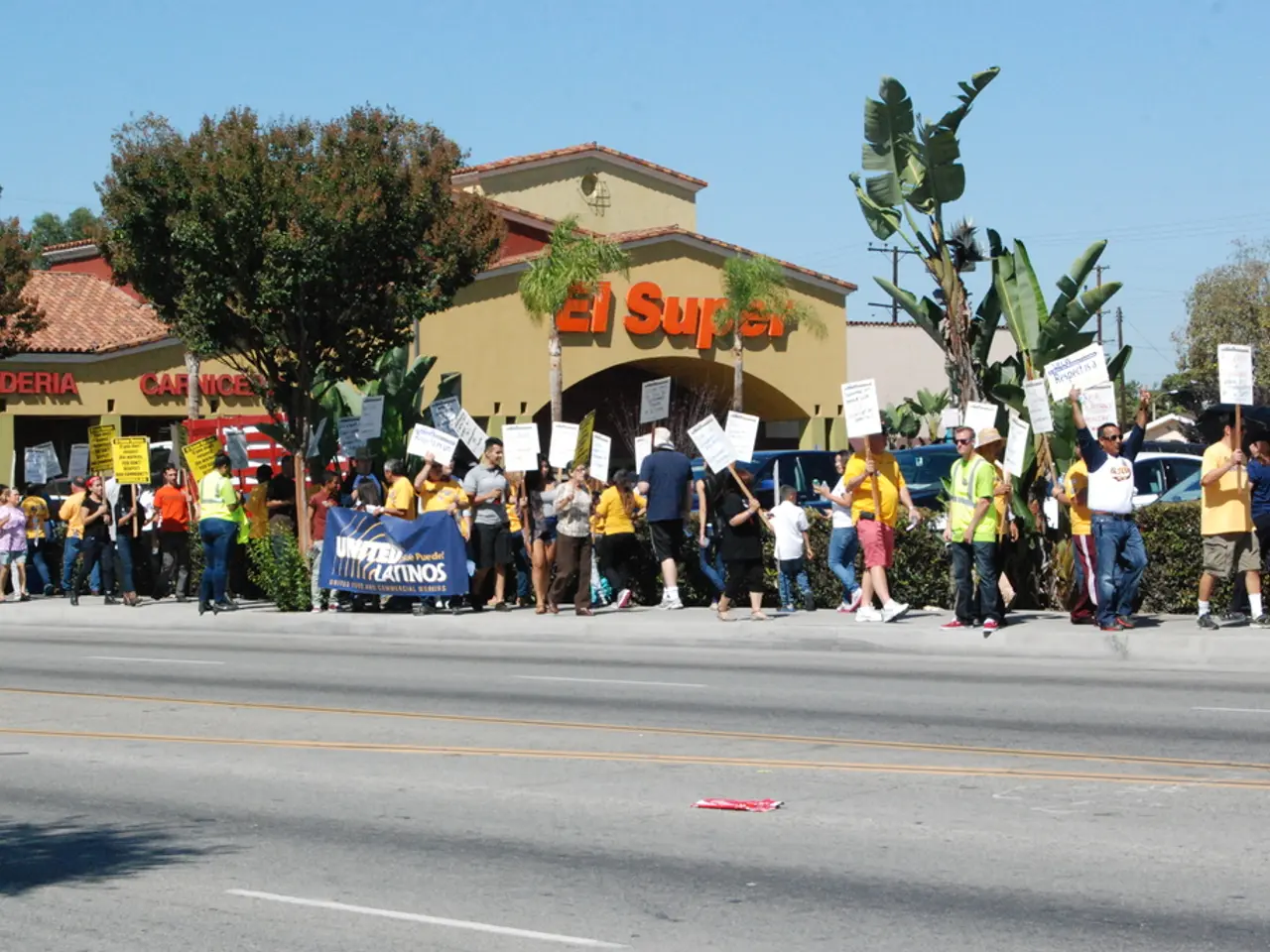Unsolicited correspondence:
In the recent legislative landscape of Taiwan, recall campaigns against certain Chinese Nationalist Party (KMT) lawmakers have gained significant momentum. This surge of public anger, driven by a variety of factors, has set the stage for what could potentially be a historic recall wave.
The path to a successful legislative recall in Taiwan is not an easy one. Based on the Public Officials Election and Recall Act, a recall campaign involves a three-stage process with clear voter signature and turnout thresholds.
First, a recall campaign is initiated by voters in the legislator's district who must collect signatures from at least 1% of the eligible voters in that district. Once this threshold is met, the campaign advances to the co-sign stage, where signatures from at least 10% of eligible voters are required to trigger the actual recall vote.
During the recall election stage, two conditions must be met for the recall to succeed: the number of votes in favour of the recall must be higher than the votes against, and the votes in favour must constitute at least 25% (one-quarter) of all eligible voters in the legislator's district.
This high voter turnout requirement sets a significant threshold, especially considering typical voter turnout rates. Recall proponents must mobilise a substantial base of active supporters, not just a simple majority of those who turn out to vote.
The two-step signature-gathering process also demands extensive grassroots organization and motivated supporters. This logistical challenge limits frivolous or opportunistic recalls.
The political context in Taiwan further complicates the recall process. The ruling Democratic Progressive Party (DPP) is trying to regain legislative control from opposition parties like the KMT. Recall campaigns have mostly targeted KMT lawmakers, and opposition recalls against DPP legislators have been less successful, highlighting the political polarization and mobilization dynamics required.
If a recall fails, the targeted legislator cannot be subjected to another recall during their term, making each attempt high-stakes for both campaigners and incumbents.
John Cheng, based in Taichung, is a key figure in the recall campaigns. Every vote matters in a recall campaign, and the outcome is decided by arithmetic, not emotion. Achieving 25,000 "yes" votes is not enough if "no" votes outnumber them. To win a recall campaign, volunteers must aim for 100 percent of their own base turning out to vote "yes."
In a constituency with 100,000 eligible voters, at least 25,000 "yes" votes are needed for a recall to succeed. Mobilizing people to vote is crucial for the success of a recall campaign, as every absence hurts. In "blue-leaning" constituencies, achieving 25 percent "yes" votes in a recall campaign might require the turnout of all DPP supporters and some swing voters.
Success in a recall campaign demands a highly coordinated effort. Many civic groups and volunteers feel energized by the recall campaigns, hoping to bring about change and hold their elected officials accountable. However, the challenges lie in meeting these participation and majority conditions amid a polarized political landscape and logistic hurdles of mobilization.
In the heart of Taiwanese politics, the path to a successful legislative recall, as dictated by the Public Officials Election and Recall Act, is intricate and demanding, involving two-step signature-gathering and substantial voter turnout. For instance, in a constituency with 100,000 eligible voters, at least 25,000 "yes" votes are needed for a recall to succeed, emphasizing the significance of grassroots mobilization in policy-and-legislation reforms. However, this mobilization is further complicated by the political context, where polarization and opposition dynamics are prevalent, as evident in the more successful recall campaigns targeting Chinese Nationalist Party (KMT) lawmakers. Consequently, the politics of recall campaigns in Taiwan intertwine with general-news headlines, indicating a critical moment in shaping the country's legislative landscape.







